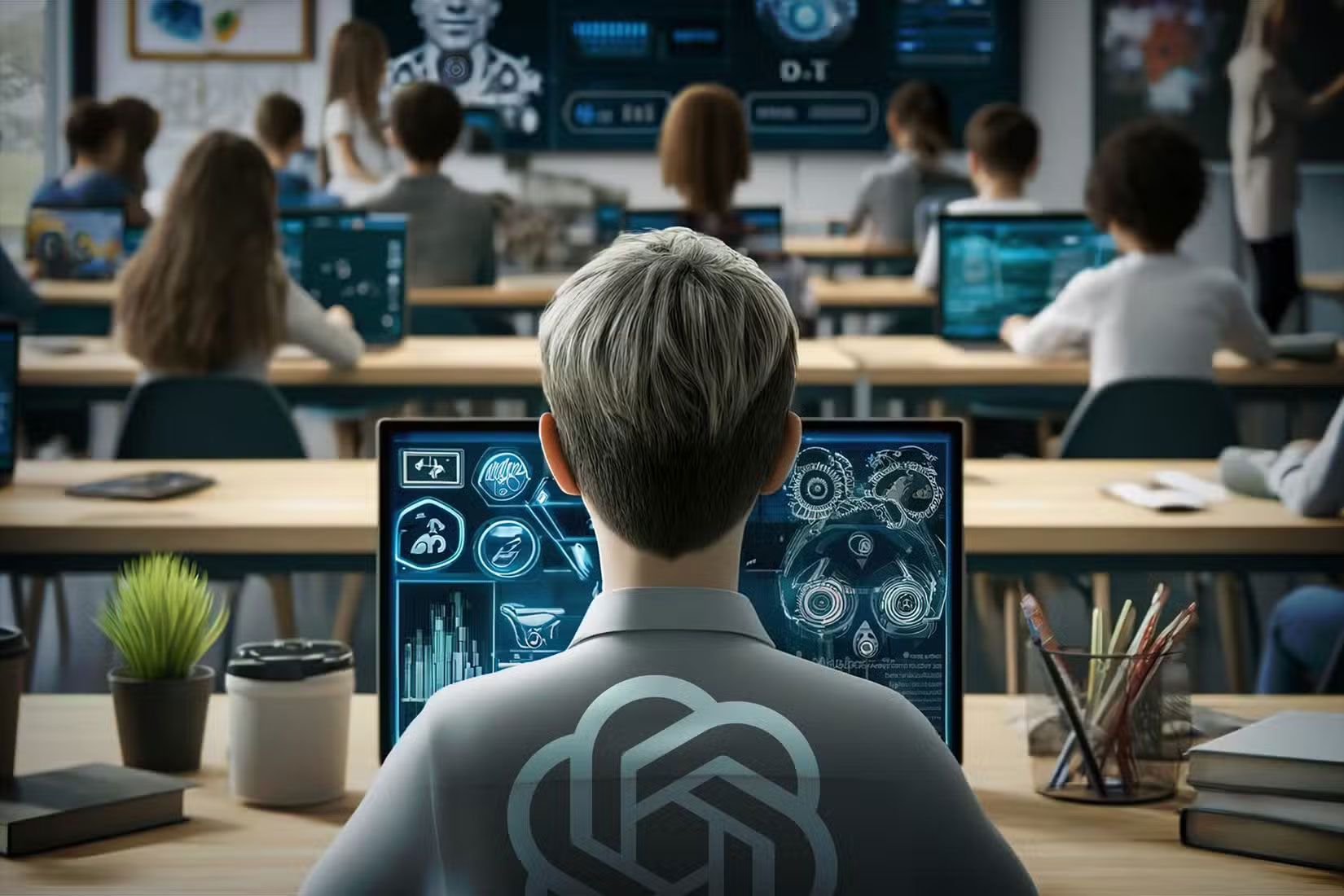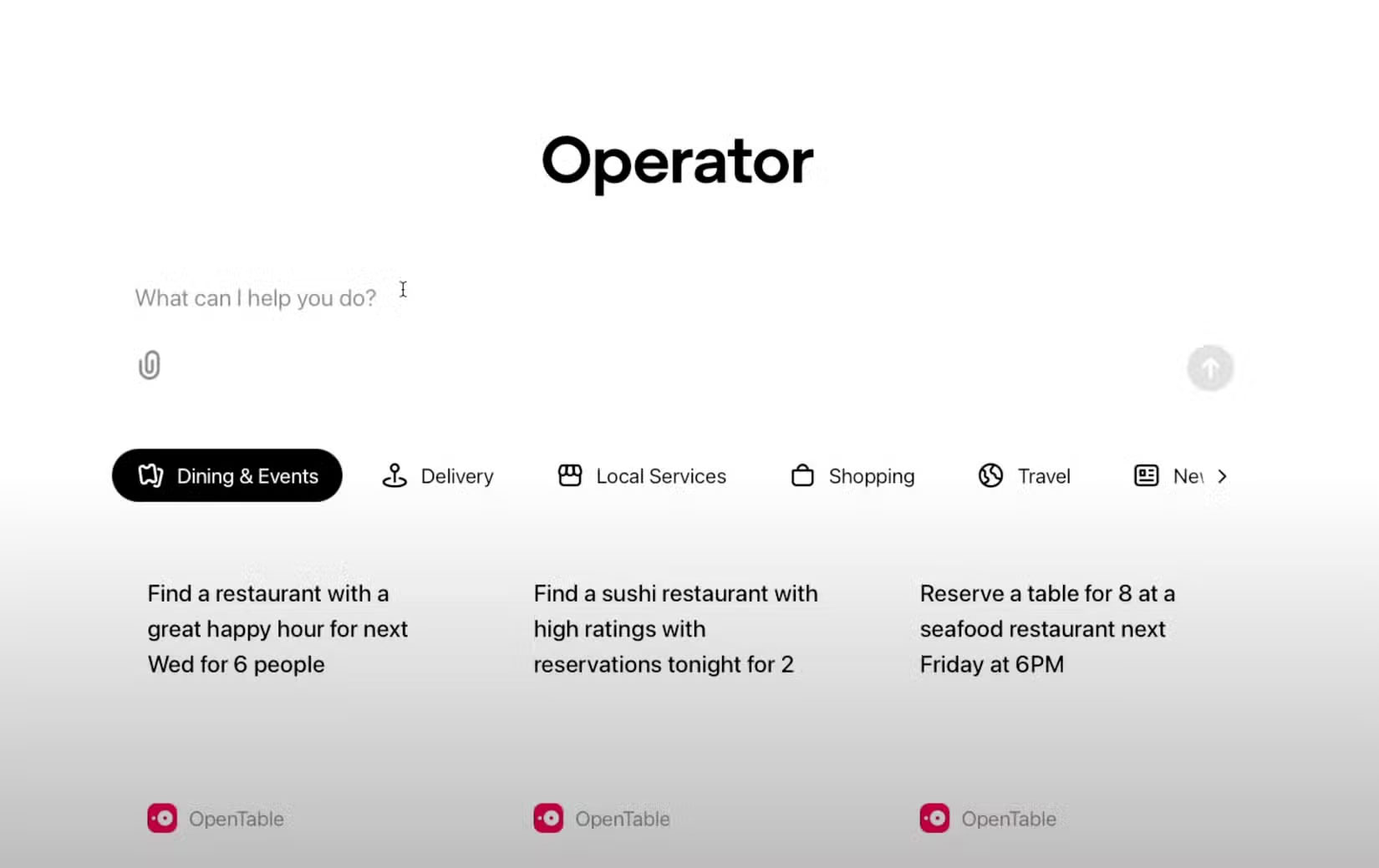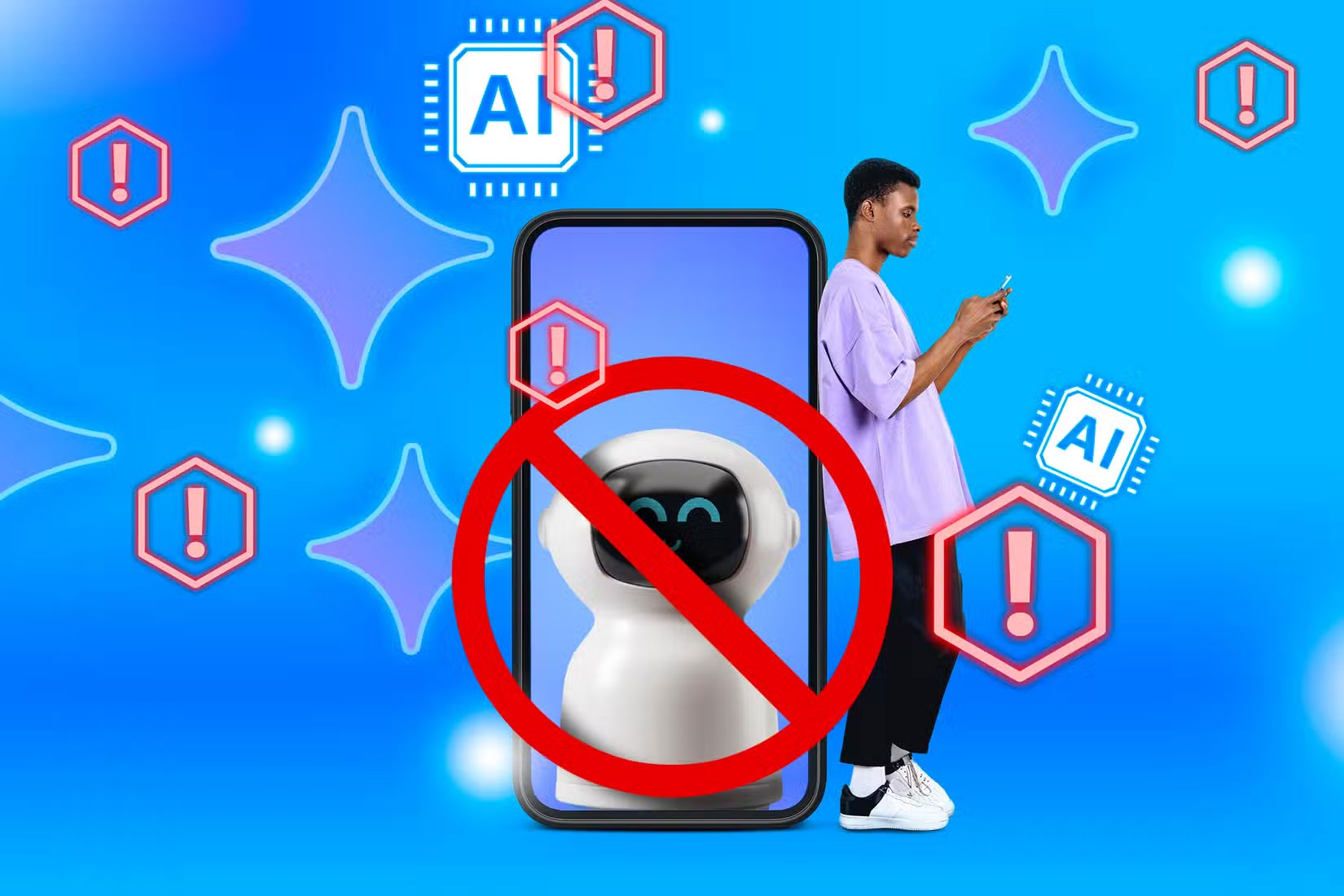What are AI agents? How do they work?
AI agents go beyond the simple prompts of regular AI chatbots. They observe, learn, and make decisions on the fly. You may not realize it, but these advanced systems are already operating behind the scenes in the services you use every day.
What are AI agents and what makes them special?

AI agents are software systems that are capable of perceiving their environment, making decisions, and acting autonomously. Unlike traditional AI programs that rely on fixed instructions and prompts, AI agents adapt and learn from experience, allowing them to handle complex and dynamic tasks.
What sets them apart is their autonomy and flexibility. For example, AI agents like OpenAI's Operator can understand natural language, perform tasks like setting reminders or shopping online, and even predict user needs based on previous interactions. Their ability to learn, improve themselves, and operate without direct human supervision makes them indispensable in areas like healthcare, logistics, finance, and customer service.
How do AI agents work?

Every AI agent has a LLM (Large Language Model) . This allows them to understand your instructions and inputs in plain human language. What sets AI agents apart from regular chatbots is their ability to think for themselves, learn from experience, and interact with the real world like a human. Note that AI agents do not have human-like cognition. However, they can adjust their Machine Learning algorithms and parameters to reflect the information given to them.
This ability to self-control comes from a process they go through when solving a problem. These processes can be summarized into four stages:
- Perception : AI agents collect data from their surroundings using sensors, APIs, or other input methods. For example, voice assistants process spoken commands, while robot vacuums use cameras to map their environments.
- Decision making : They analyze data using algorithms and models to evaluate possible actions. For example, a chatbot decides the best response based on detected user intent.
- Learning : AI agents improve their performance over time through Machine Learning techniques. Once a problem is identified, the AI agent goes through a feedback loop, where it continually reminds itself of possible errors until it solves the problem.
- Action : After making a decision, AI agents take action. In physical systems like drones, this involves moving through space, while in digital systems, this could mean updating a database or answering a query.
This combination of perception, analysis, learning, and execution enables AI agents to handle routine and complex tasks efficiently.
Types of AI agents and their applications

AI agents come in many different forms, each tailored to specific functions. Depending on the type of problem you are trying to solve, the right AI agent will deliver better results, as well as save time and computational resources. AI agents can be classified into five different types:
- Simple reflex agents : Act only according to predefined rules and immediate stimuli. For example, a thermostat adjusts the temperature based on the readings in the room.
- Model-based reflexive agents : Use internal models to track past actions and predict future states. The mapping feature of a robot vacuum cleaner used for efficient cleaning is how this type of agent is used.
- Goal-based Agent : A more complex type of AI agent that learns by interacting with its environment and experience. This type of AI takes in a variety of inputs and considers different possible actions based on the situation. Goal-based agents are often used in self-driving cars to navigate roads, avoid obstacles, and follow traffic laws.
- Utility-based agents : Evaluate and optimize actions based on utility functions, balancing trade-offs for the best outcome. Unlike goal-based agents, utility-based agents also consider the potential trade-offs of each action and determine whether an action is worth taking. AI-based financial trading services often use utility-based agents.
- Multi-Agent Systems (MAS) : Consists of multiple AI agents working together to solve problems or achieve common goals. Each agent in the system is designed to handle specific tasks, but they collaborate to solve complex challenges that a single agent cannot solve effectively. MAS is widely used in smart traffic light systems to optimize traffic by observing traffic conditions, learning certain patterns, and then controlling traffic by timing traffic lights accurately based on changing vehicle and pedestrian traffic.
These types of AI agents allow us to solve complex problems that require more sophisticated solutions that conventional AI-powered chatbots cannot handle.
Where can I find an AI agent?
Thanks to the rapid development of AI infrastructure and frameworks, finding an AI agent today is easier than ever. If you're looking for something accessible, virtual assistants like Amazon Alexa, Google Assistant , and Apple's Siri are great examples of AI agents built into smartphones, smart speakers, and other connected devices. These systems can handle everyday tasks like setting reminders, managing schedules, or controlling smart home devices, and are designed to be user-friendly.
Looking for an AI agent that can be customized to your needs? Check out platforms like OpenAI Operator and Microsoft Azure AI. These are low-code solutions, meaning they provide pre-built models that developers can tweak to meet specific needs. For example, a business might use these platforms to develop a customer support chatbot or a personalized recommendation system.
If you're more interested in open source solutions, tools like AutoGPT, AgentGPT, and BabyAGI are popular solutions. These platforms allow users to explore advanced, automated AI agents that can perform complex tasks with minimal manual intervention. For example, AutoGPT is built on GPT-based models and can automate many actions to accomplish a goal, making it particularly useful for research, task automation, and problem solving.
If you're not a developer and prefer a simpler approach, no-code tools with built-in AI like Pega and Zapier are an option. These platforms empower non-technical users to design and deploy simple AI agents without having to write code. They can be used to automate workflows, handle specific triggers, or streamline repetitive tasks.
Limitations when using AI agents

While there are many AI agent products available for subscription today, they still have many limitations that affect their performance in different scenarios. To better understand what AI agents can do today, you will need to understand their current limitations.
- Limited contextual understanding : AI agents can struggle with complex or nuanced human language, leading to errors or inappropriate responses. For example, a chatbot might misunderstand ambiguous user queries.
- Data Dependency : AI agents rely heavily on high-quality data for training and operation. Insufficient or biased data can lead to inaccurate results, affecting the quality of its output.
- Ethical concerns : The autonomy of AI agents raises questions about accountability. For example, who is responsible for errors made by self-driving cars? The widespread use of AI agents could lead to job displacement in some industries. Is AI art really art? Can it be entered into competitions?
- Limited Creativity and Empathy : AI agents excel at logical tasks but lack true creativity or emotional intelligence. While AI may generate responses that appear empathetic, creative, or abstract, that doesn't mean the AI can actually feel or think originally.
- Infrastructure Dependency : AI agents often rely on powerful computing resources and a stable internet connection. Inadequate infrastructure can limit their performance or make them unusable in certain settings. It is not uncommon to see AI services go offline occasionally, have price increases, or go down permanently. This can be a big issue if your workflow relies heavily on AI agents.
When using AI agents, you need to keep these limitations in mind to create realistic expectations, deploy them responsibly, and create appropriate contingencies.
AI agents are powerful tools that we can use to manage tasks that require more autonomy. We already use them for customer interactions, automated workflows, and personalizing user experiences. While far from perfect, the continued development of AI agents will mean fewer limitations and even more possibilities in the future.
You should read it
- AI 'workers' can communicate with each other in the future
- How to Get an Agent
- Download SafeDNS Agent for Safe Browsing software for $ 9.95, free of charge
- How to detect and remove malware Agent Smith on Android
- Exposure to this chemical may deform the baby's hormone
- OpenAI Unveils Deep Research, a New AI Agent That Can Complete Multi-Step Research Tasks
 AI can help you be more creative if you follow these methods!
AI can help you be more creative if you follow these methods! How to create cartoon style family photos on ChatGPT
How to create cartoon style family photos on ChatGPT Ancient iPhones can still run ChatGPT app
Ancient iPhones can still run ChatGPT app OpenAI Reveals Blockbuster Plan: Integrating Sora Video-Generating AI into ChatGPT
OpenAI Reveals Blockbuster Plan: Integrating Sora Video-Generating AI into ChatGPT What's worth experiencing with OpenAI's new super-expensive GPT-4.5 model?
What's worth experiencing with OpenAI's new super-expensive GPT-4.5 model? AI feature makes Google Translate more powerful
AI feature makes Google Translate more powerful